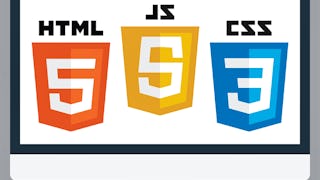Updated in May 2025.
This course now features Coursera Coach! A smarter way to learn with interactive, real-time conversations that help you test your knowledge, challenge assumptions, and deepen your understanding as you progress through the course. In this course, you will master WebSockets, learning to create real-time, interactive web applications with efficient two-way communication. By the end, you will be able to establish WebSocket connections, handle secure communication, and manage data transfer through WebSocket frames. You’ll also learn how to implement WebSocket headers, use the WebSocket API for event-driven applications, and troubleshoot using tools like Wireshark. Additionally, you will understand the key differences between WebSockets, AJAX, polling, and other real-time communication methods. The course starts with an introduction to core concepts like HTTP, TCP, and WebSockets. You’ll explore their roles in internet communication and the evolution of real-time data exchange. Following this, we’ll dive into opening WebSocket connections, examining the handshake process, headers, and security features such as the Sec-WebSocket-Key. You'll learn how these elements work together to enable seamless communication between clients and servers. Next, we will examine WebSocket data frames, focusing on types, fragmentation, and payload handling. You will also explore WebSockets over HTTP/2 and HTTP/3 and compare them to older technologies like AJAX and Server-Sent Events. By the end of the course, you will be able to integrate WebSockets into web applications and scale them efficiently. This course is designed for developers who want to build real-time, interactive applications. Whether you're new to WebSockets or looking to enhance your expertise, you'll gain the knowledge to implement WebSockets in web applications. It is suitable for anyone familiar with web development basics and requires no prior experience with WebSocket-specific technologies.

















